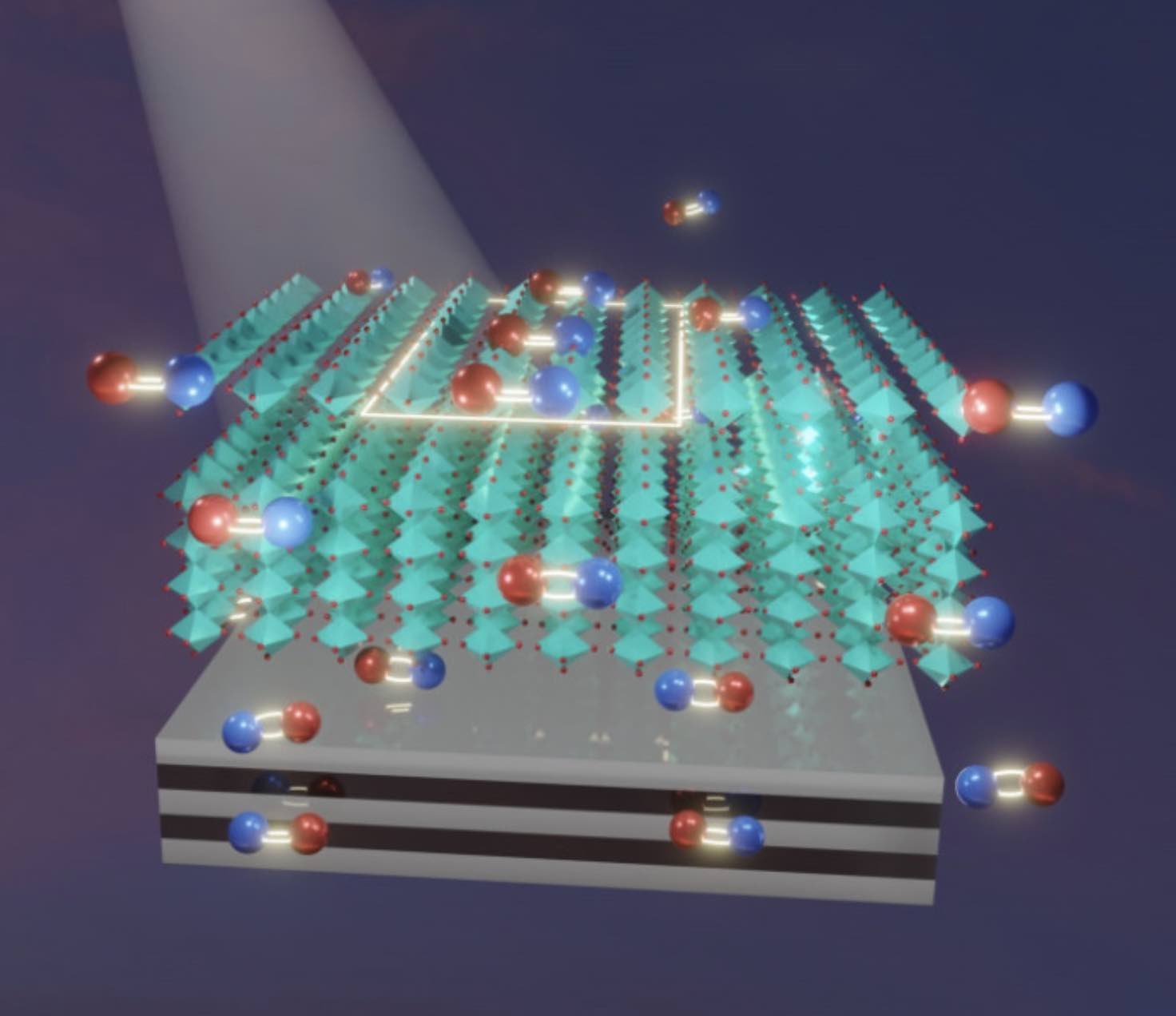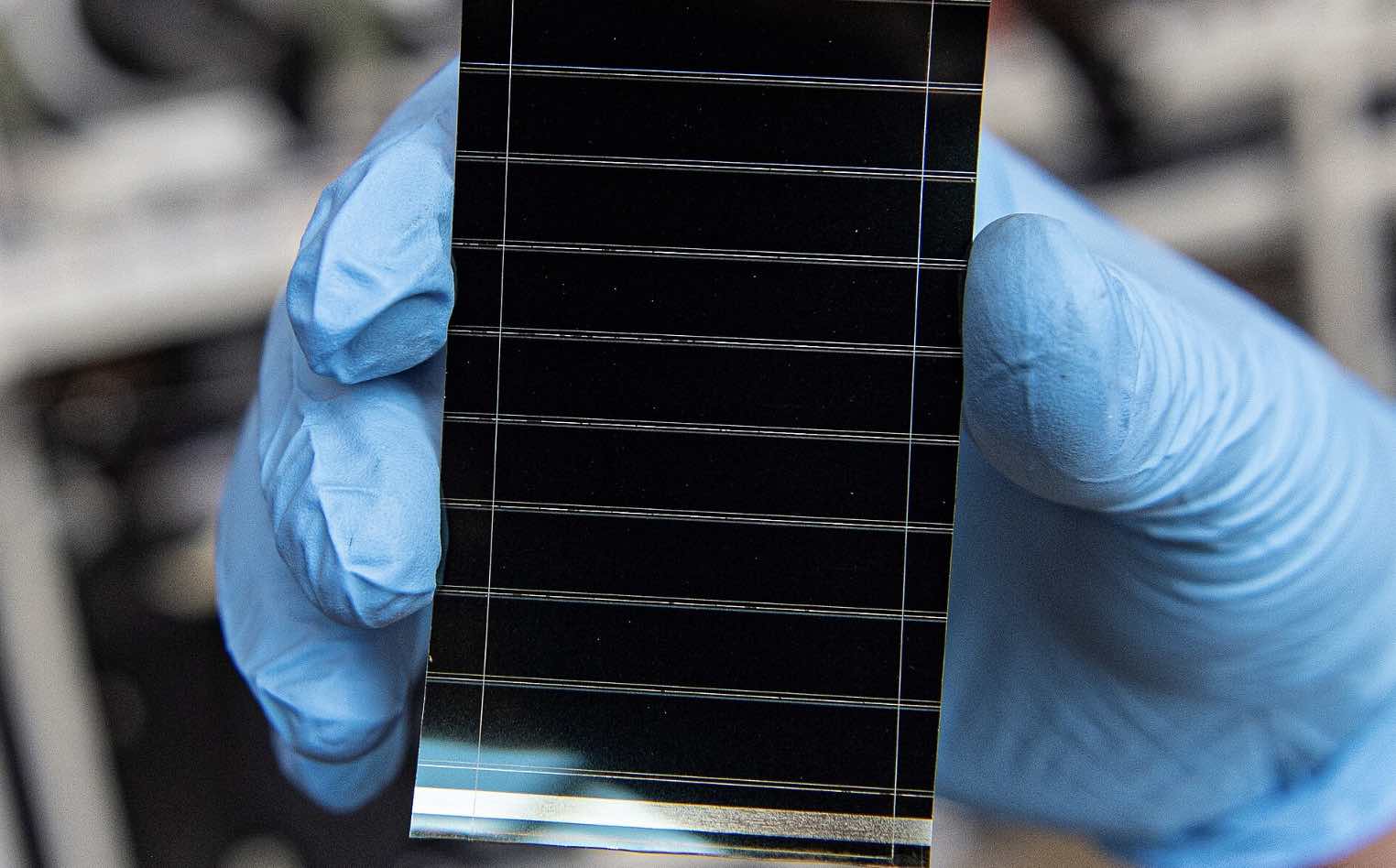Solar power has become a clean, semi-affordable source of renewable energy in the past twenty years, with it becoming commonplace to see solar panels on houses, farms, commercial businesses, and other structures. Although solar is an effective source of energy, in the past, researchers believed solar cell efficiency had limitations in terms of how much power can be produced from the sunlight it harnesses.
However, in a July 2023 study, researchers found that by incorporating a layer of perovskite in traditional silicon solar cells, they were able to extend the current theoretical limit, potentially pointing the way toward new horizons in solar energy.
The theoretical limit of solar cell efficiency has been well established since 1961 as the Shockley-Queisser Efficiency Limit. At Shockley Semiconductor Laboratory, William Shockley and Hans-Joachim Queisser determined that 29% was the maximum efficiency level of solar energy absorption in traditional silicon solar cells. Over the past sixty years, researchers posited that the properties of silicon largely hindered the low level of efficiency in solar cells. However, researchers have found that adding perovskite to solar cells drastically improves their efficiency and extends their theoretical limit.
Perovskite: A Key to Better Solar Power?
Perovskite is a highly flexible material used in medical equipment and other technologies, such as microchips. The material has been heavily researched in the solar field. However, its inefficiencies have held it back from being widespread.
Although perovskite radically improves the sunlight-to-energy efficiency of solar cells, its properties, which include being unstable in high concentrations of oxygen, moisture, and heat, have prevented it from being used outside of a lab. Regardless, researchers have continued to see its potential, and for the past decade have been making strides in improving the lifespan and efficiency of perovskite for use in solar power technologies.
A recent study led by University of Rochester researcher Chunlei Guo found a way to increase Perovskite’s ‘carrier diffusion length’, which is how long electrons are active before they dissipate. Guo’s team replaced metals usually contained in perovskite cells with a glass surface, creating a mirroring effect that increased the performance of the cell by 250%.


The mirroring effect keeps electrons free for longer, allowing them more opportunities to collect sunlight. In theory, this allows a perovskite cell to convert more energy from the same amount of sunlight, helping the cell to operate more efficiently.
In a separate paper, researchers at Penn State developed a method for manufacturing perovskite quickly. Traditionally, creating perovskite involves first liquifying materials, which are then solidified into thin films before being applied to an object. However, the solvents used in the creation are often toxic, and the process itself is slow and expensive.
Researchers at Penn State created the Electrical and Mechanical Field-Assisting Sintering Technique (EM-FAST) to produce perovskites, which aapplies an electrical current to powders rather than solvents that welds it into a solid material.
The process turns the entirety of the powder into perovskites, and its 100% yield is much more cost-efficient than the 20-30% yield common in solvent-based manufacturing. In addition to the zero toxic materials used in the process, the new EM-FAST process is also more environmentally conscious.
In the same vein of making perovskites more eco-friendly, a team at Nanyang Technological University has been working on ways to make perovskite cells more efficient and stable for long-term use. Their method explored the inefficiency of perovskite cells needing a layer of lead to be functional, making them toxic.
Researchers found in their Full Precursor Solution (FPS) that the most effective capping method was a non-toxic zinc-based compound which was able to convert 24% of captured light into electricity. The method also increased the lifespan of perovskite cells; with this new coating, the researchers were able to maintain over 90% of their ability to convert light into energy, as opposed to around 15% without using the coating.
Another recent breakthrough was reported on July 6th in the journal Science, which involved using perovskite-silicon tandem solar cells. According to the study, researchers achieved as much as a 32.5% power conversion, exceeding the theoretical limit.
Layering silicon and perovskite together allows more light to be captured, and thus, more energy is generated. A layer of silicon captures red light, while the perovskite layer captures blue light, meaning more total light is captured, and improved ways of absorbing energy result in solar becoming both more energy and cost-efficient.
Perovskite’s use in solar technologies is set to propel solar power to new heights, the breakthrough has opened up the opportunity for more development of increased efficiency solar. By continuously improving solar panel technology, optimizing environmental factors, and embracing innovative solutions, researchers may soon be able to unlock the full potential of solar energy.
Currently, both the U.S. and EU governments have begun to invest in perovskite cell enterprises, and the collective efforts to enhance solar efficiency will contribute significantly to a greener and more sustainable future for generations to come.
Ellie Sivins is a freelance writer based in Scotland. You can follow her work online on Medium.

